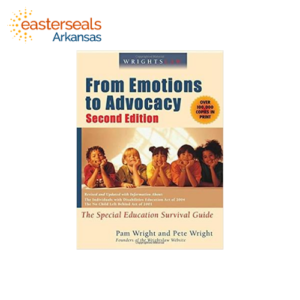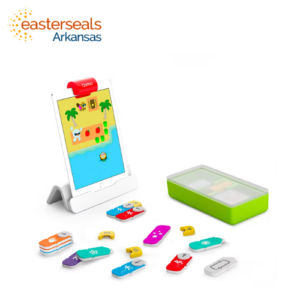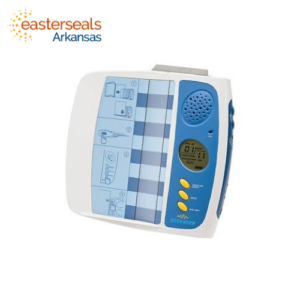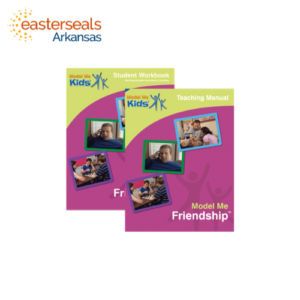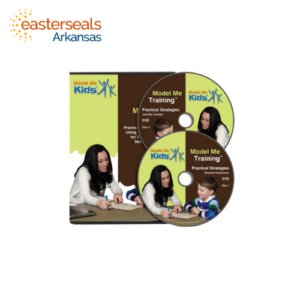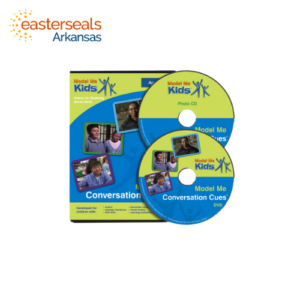-
Instructors who use Differential Reinforcement Systems will find these CDs essential. Pop a CD into your CD player, select the track according to the interval you need, and repeat the track for a continuous reminder to catch your students “being good!” CD #1 has 1, 2, 3, and 5-minute intervals. CD #2 has 7 and 10-minute intervals. CD #3 has 15-minute intervals. Each track plays a distinct tone so that you can play more than one CD at a time for students needing different intervals and recognize which interval is sounding. Each tone is activated on a randomized, variable schedule (the three-minute tone sounds on average every three minutes). These tones also are a great tool for instructors who are teaching children to monitor their own behavior. (set of 3 CDs)
-
Wrightslaw: From Emotions to Advocacy, second edition will teach you how to plan, prepare, organize and get quality special education services. In this comprehensive, easy-to-read book, you will learn about your child's disability and educational needs, how to create a simple method for organizing your child's file and devising a master plan for your child's special education.You will understand parent-school conflict, how to create paper trails and effective letter writing. This book includes dozens of worksheets, forms and sample letters that you can tailor to your needs. Whether you are new to special education or an experienced advocate this book will provide a clear roadmap to effective advocacy for your child. You will use this book again and again.
-
Transform your tablet into a hands-on coding adventure. Designed for ages 5–10, Coding Starter Kit builds coding skills in progression with 3 hands-on learning games. Watch your child learn to code as they connect colorful blocks of code in the physical world to chart the adventure on their screen.
-
The BookWorm’s eight-minute memory module offers you the flexibility to record as many as 32 pages – enough time for adapting two text-rich books or up to four short books. Adapting a book is easy. Simply attach a removable sticker to each page of your student’s favourite book and record the story, page-by-page into the BookWorm. The stickers serve as a guide indicating where to push for playback. ***This item has been discontinued by the manufacturer.
-
Clicker 5 is a child-friendly writing tool which helps students of all abilities to develop literacy skills. ***The manufacturer sells an updated version of this product.
-
Model Me Kids Teaching Manuals are a complement to its video modeling videos and help extend the lessons taught in the videos. These resources help teach social skills at home, in a classroom, social skills group, or other teaching setting
-
This DVD examines video modeling as an evidence-based method of improving social skills in children with autism spectrum disorder (ASD). Children with ASD often have social skills deficits that interfere with success. Video modeling has been found to be an efficient and effective method of teaching social skills to children with ASD. We address how to implement a video modeling program, pairing video modeling with other social skills training approaches, and strategies for generalization of skills.
-
The Model Me Faces & Emotions™ video presents a variety of faces and emotions featuring children ages 2-8. Each scene lasts between 1-2 minutes, depending on the chapter. At the end of each chapter is a storyboard summarizing the emotion shown. Each emotion is demonstrated in more than one situation and across environments. This is useful to children with Autism because it helps promote generalization. Recommended for ages 2-8
-
Copy 1 of 2 The Model Me Conversation Cues™ video features middle and high school-aged children demonstrating social skills at school and in the community. Each scene lasts between 30 seconds and 3 minutes, depending on the chapter. At the end of each chapter is a storyboard summarizing the rules taught. Hosted by teenagers from the video who narrate each scene. The visual is combined with narration and graphics that help explain the particular rule. Each conversation skill is demonstrated in more than one situation and across environments. This is useful to children with Autism because it helps with generalization of the skill taught. Recommended for ages 9-17
-
This is an actual "Carol Gray Social Stories Workshop." In this three-hour presentation, Carol explains the genesis of her concept of social stories and leads the audience through exercises so, by the end of the video, you can easily write your own social stories. The accompanying handout booklet offers an outline of the presentation and statements and illustrations from Carol Gray's The New Social Story Book Illustrated Edition. The booklet is helpful while watching the video.
-
Do you want to begin or enhance a program to help young people successfully transition to college and careers? Do you want to reduce preparation time by starting with materials and forms that have been created by a successful program? This book was written for you! It can help you create summer study, work-based learning, and e-mentoring programs for youth. Key considerations are highlighted to help you get started in developing programs that include computer technology access, peer and mentor support, college preparation activities, and work-based learning. Organizational details shared in this book have been implemented for more than fourteen years at the University of Washington in Seattle. Applying these practices can promote the development of self-determination and technology skills that contribute to success in college, careers, and independent living. Chapter One provides an overview of research that supports DO-IT practices. The chapters that follow share how DO-IT employs evidence-based practices in a cohesive set of programs and activities for students who have disabilities. Within those chapters you will see how
-
This boxed curriculum contains teacher guides, student workbooks, cards, music, and supplemental materials for teaching handwriting to students from pre-k to 4th grade.


